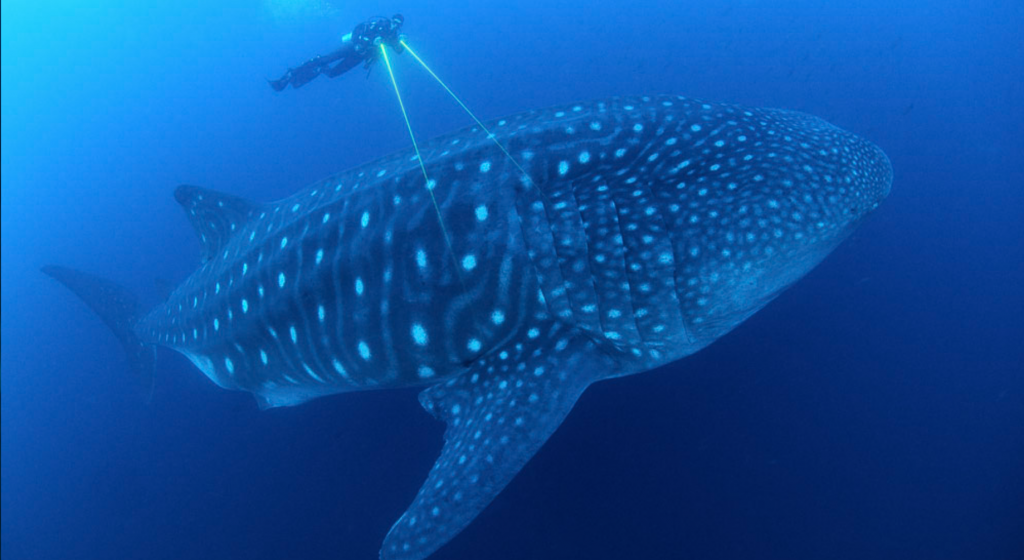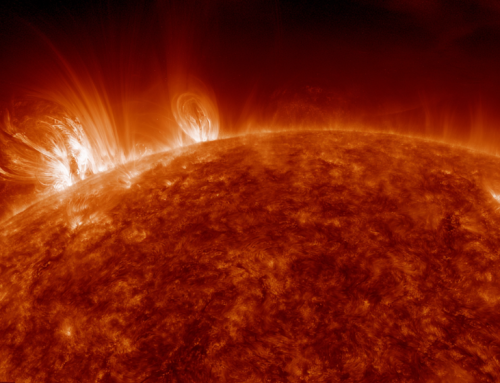
The Galapagos Whale Shark Project is using AI to track the rare animals by their spots. (Source: Galapagos Whale Shark Project)
Researchers Use AI Monitors to Track Galapagos Poachers, Climate Threats; Analyze Data on Rare Species
A story in Fortune magazine describes how new AI-based tech is helping researchers to identify threats to the environment and to protect the environment of the Galapagos Islands, part of Ecuador, about 600 miles offshore. The unique islands are home to some of the rarest animal species in the world.
Jason Holmberg, executive director at Wildbook Image Analysis (WBIA), a tech company that builds open software and AI solutions for conservationists, says the technology is expanding the ability of conservation groups to protect the Galápagos Marine Reserve from several vulnerabilities. More than 2,900 species survive off the interconnectedness of healthy ecosystems, according to the Galápagos Marine Reserve.
“Observations of rare or endangered species, whether via collars, camera traps, DNA samples, or photos, have been expensive to obtain and often required research teams to go directly into the field for short durations to obtain even small volumes of data,” Holmberg said.
One of the species researchers are most concerned about, Whale Sharks, are being affected by longline tuna fishing.
Sofia Green, marine biologist and research scientist at the Galápagos Whale Shark Project, studies the behavior, ecology, and migration patterns of the species. As predators on the top of the food chain, whale sharks feed off the weak and sick. By doing so, they keep the food chain in order. So they’re the subject of extensive tracking by the researchers who tag, video, photograph, do ultrasounds and blood draws, and take tissue samples to track the health and whereabouts of whale sharks that migrate through the Galápagos reserve.
AI tech is expanding its capabilities of identifying and tracking Whale Sharks, who have unique identifying marks.
The Galápagos Whale Shark Project uses sharkbook.ai, a system run by WBIA that taps into A.I. to aggregate images of individual whale sharks uploaded by the likes of Green as well as images and videos posted on social media platforms around the world.
“Modified growth algorithms like this are used by NASA to track stars,” Green explains.
Marine biologist Mauricio Castrejón, Ph.D., is among those concerned about longline tuna fishing, which has expanded to meet demand from the growing local population.
read more at fortune.com








Leave A Comment